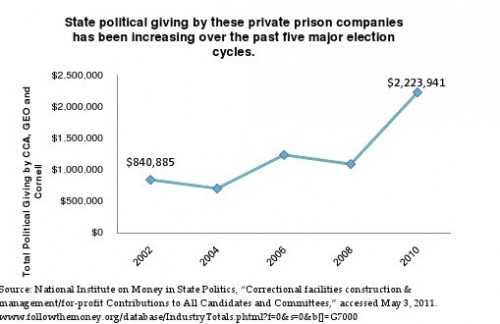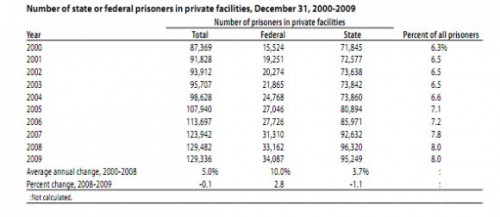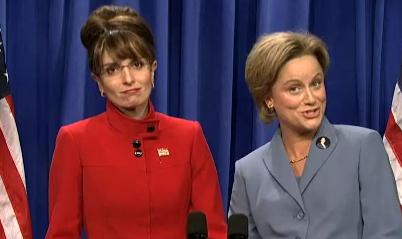Social justice scholars and activists suspect the recent push by many states to require government issued photo identification at the polls is a de facto strategy to suppress voter turnout amongst the poor.
The work of Symbolic Interactionist Michael Schwalbe helps us understand how prejudices like these institutionalize themselves in our democracy. Powerful elites always define themselves as intellectually and morally superior to lower class others. In viewing themselves as the guardians of our republic, these elites view it their personal responsibility to protect our democracy from the undue and corrosive influence of the poor who are implicitly thought unworthy of democratic rights. For example, elites argue the poor are likely to succumb to what congressional Republican Paul Ryan describes as “the good politics and rotten economics of class warfare.” By constructing the poor as contaminating our democratic process, restraints on voting are justified and rationalized.
In a satirical critique of a 2006 New York Times editorial about how many other Western democracies have gone to great lengths to maximize voter turnout, comedian Stephen Colbert draws upon the supposed intellectual and moral superiority of the wealthy to explain why America should only encourage the rich to vote “because they must know something, they got all that money.” Colbert argues that we should keep the disadvantaged from the polls “because the poor don’t have much to offer democracy.” By revealing the class prejudices many hold about both the wealthy and the poor, Colbert uses satire to reveal the real logic driving changes in how we vote.
————————
Jason Eastman is an Assistant Professor of Sociology at Coastal Carolina University who researches how culture and identity influence social inequalities.
If you would like to write a post for Sociological Images, please see our Guidelines for Guest Bloggers.













